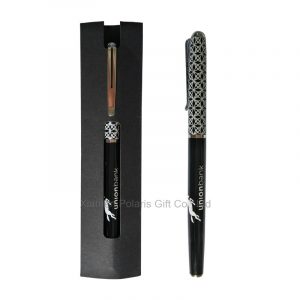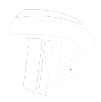Ink classification
The drying of one component ink (auch lösungsmittelflüchtige Tinte genannt) hängt von der Lösungsmittelverflüchtigung ab. Dieser Tinte muss kein Katalysator zugesetzt werden. Es gibt zwei Arten von Einkomponentenfarben: glänzend und nicht glänzend. They are mainly used for printing of plastic substrate.
Two component ink is also called chemical reaction ink. Before printing, catalyst must be added. The catalyst reacts with the resin in the ink to achieve the purpose of ink drying through polymerization. When two-component ink is used in pad printing, it is necessary to add a certain ratio of catalyst, usually measured by weight. The addition rate of catalyst must be strictly controlled. If too much is added, the “adaptation period” of ink will be greatly shortened; if too little is added, the ink may not achieve the best drying performance during drying. Generally speaking, if the ratio of ink and catalyst is improper, it will lead to printing defects such as uneven ink adhesion and insufficient durability of printing image.
There are two types of drying ink: one is to add another catalyst on the basis of standard two-component ink; the other is to specially prepare ink for glass, ceramics and metal substrate. As the name implies, the drying ink must be heated and dried at a certain temperature. When using this kind of ink, the drying time should be calculated. The higher the temperature is, the shorter the drying time is. Jedoch, too high the drying temperature will make the ink film brittle, so it is necessary to dry the ink at a temperature that can keep the ink flexible.
The oxidized ink absorbs the oxygen in the surrounding environment to polymerize to form the ink film without adding catalyst. Typical applications of oxidized inks are soft packaging and synthetic materials, such as rubber products or keyboards. Because of the slow drying speed and long time, the use of oxidation ink is limited.



